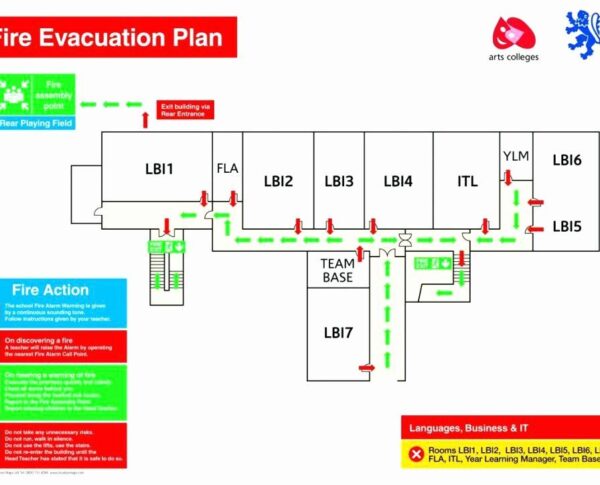Occupational safety and health are crucial for workforce protection and societal development, ensuring a secure work environment and basic production components.
Learning Objectives:
- Introducing the objectives of occupational safety and health and securing the work environment.
- Raising awareness of the importance of the role of the safety team and its committees and their relationship with legislation and laws.
- Explain and classify the types of risks.
Course Duration: 12 Hours
Target audience
- Safety workers – workers and employees on construction sites or industrial facilities and service places
- Members of occupational safety and health committees
Course Outline:
Module 1: Occupational safety and health objectives.
Module 2: Social, psychological and economic effects.
Module 3: Parties concerned with occupational safety and health and their role.
Module 4: Organizations and bodies concerned with occupational safety and health.
Module 5: The relationship of occupational safety and health with legislation and laws.
Module 6: Safety team
- Qualifications and composition
- Roles and responsibilities
Module 7: Occupational safety and health committees:
- The importance of having committees to solve labor problems, especially those related to occupational safety and health and securing the work environment.
- Forming occupational safety and health committees and training their members.
- The committee’s powers and its relationship with the facility’s occupational safety and health apparatus.
- Committee meetings (central and sub-committee) and how they conduct their work.
Module 8: Types of risks and their classification
- Physical risks.
- Chemical risks.
- Mechanical risks.
- Electrical risks.
- Biological risks.
- Negative risks.
- Fire risks.
By the end of the training course, the trainee will be able to:
- Prepare a list of objectives for occupational safety and health and securing the work environment
- Forming occupational safety and health committees and defining their roles and competencies
- Classify the types of risks and provide examples for each type


